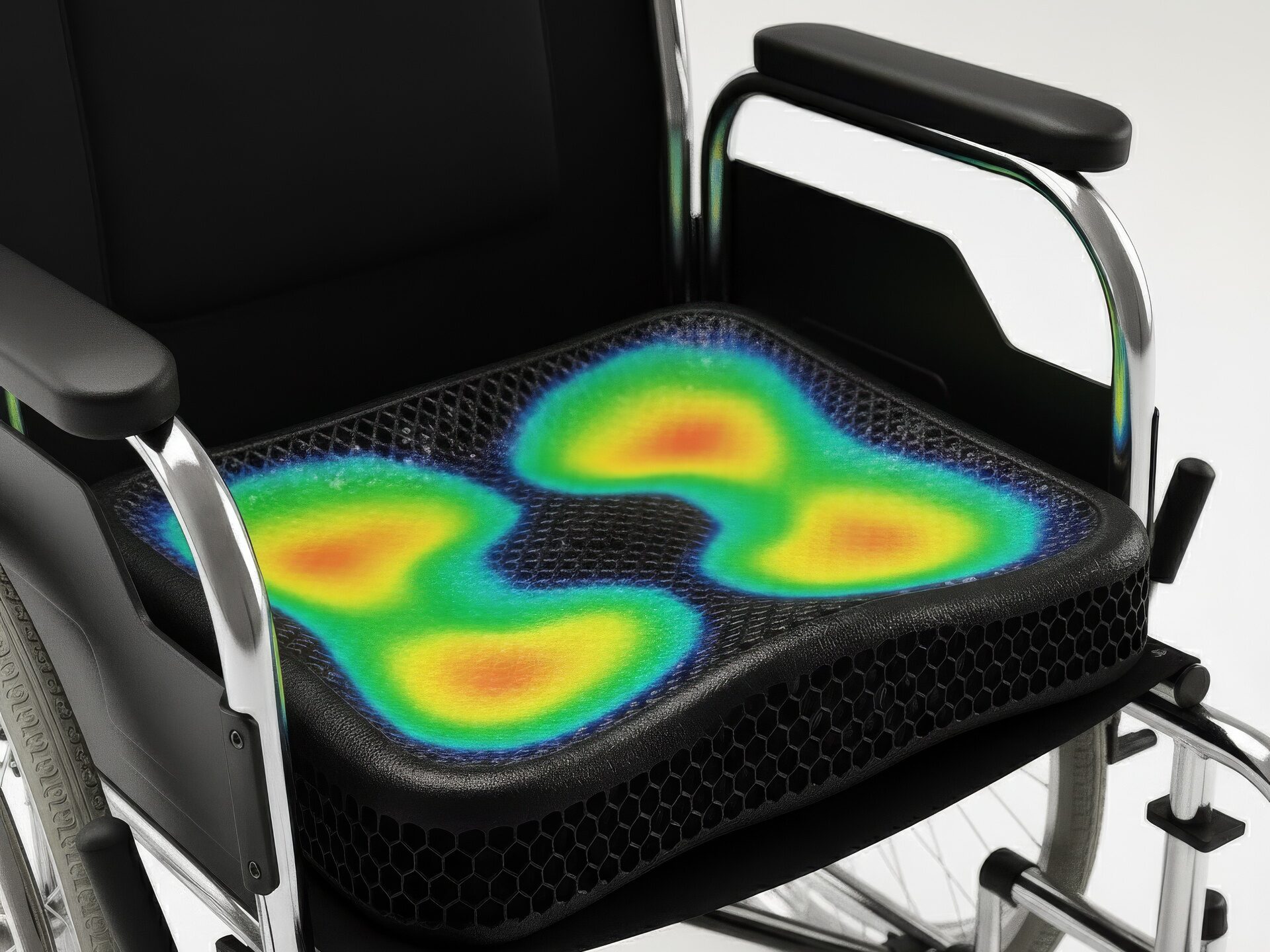From customisable pressure relief to easier cleaning and long-lasting materials, Carbon’s redefining what wheelchair seating can be

It’s widely accepted that the standard foam used in traditional wheelchair seats can lead to problems for users. Foam traps heat and moisture, which can result in skin breakdown, wound development, and infection. It is also known to compress over time, which can alter the intended positioning of the user and require costly replacements.
However, breakthrough technology that leverages advanced 3D printing and innovative materials could change the game and offer a viable alternative to traditional cushions made from foam or other materials. Cushions made with pioneering lattice technology provided by Silicon Valley-basedproduct development and manufacturing technology company, Carbon, improve microenvironmental conditions to enhance user comfort for wheelchair users.
Compared to traditional foam, air, or gel cushions, multizonal latticed designs made with the Carbon platform – which leverages hardware, software, and materials – offer several key attributes to ensure reliable, adaptive comfort. The open nature of a lattice construction improves air flow to dissipate heat and reduce humidity, which can be more gentle on the skin by mitigating excess moisture. Additionally, with pressure mapping or shape capture and the Carbon platform, pressure can be distributed more evenly to manage microclimates around the skin. This enables precise tunability based on a treatment plan or activity type to provide customizable support for any body shape.
Furthermore, Carbon’s materials are durable enough to withstand various types of washing, and the lattice design enables easier cleaning than foam. This improved durability and cleanability offered by cushions made with the Carbon platform gives users one less thing to worry about.
Carbon’s Lattice Technology: The Secret to Radically Better Wheelchair Cushions
Carbon Digital Light Synthesis™ (Carbon DLS™) is a breakthrough resin-based 3D printing process that uses digital light projection, oxygen-permeable optics, and engineering-grade materials to produce polymeric parts with exceptional mechanical properties, resolution, and surface finish. The Carbon DLS process allows engineers and designers to iterate faster and radically reimagine their products by making possible consolidated parts, unmoldable geometries, and software-tunable lattices.
Customer Story: Tarkka
To address the problems with traditional foam wheelchair seats, Tarkka worked with Carbon to design and produce its Tetrx™ custom wheelchair seating solution. Tarkka’s latticed seats are designed to integrate with existing wheelchairs while supporting optimal resting seating posture and relieving pressure where needed. Adjustments can be made on the fly to ensure an optimal fit that offers superior comfort and avoids pressure sores.
